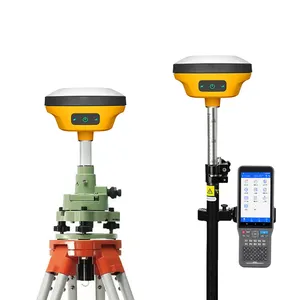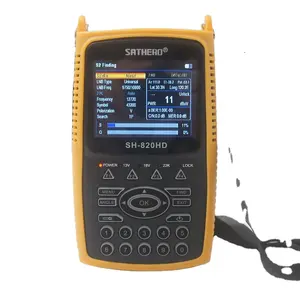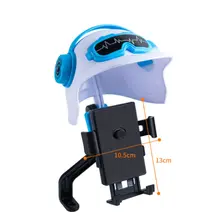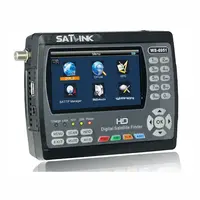
Megastek Fake Ankle Bracelet Gps With House Arrest Tracking Monitor 4G With WIFI Positioning Locator

Mini Optical Power Meter Red Light All-in-one High Precision Charging Optical Fiber Obstacle Finder Optical Fiber Tester


Gnss Receiver Rtk Gps High Performance Differential Geodetic Dgps Survey Equipment Gps Gnss Receiver Gnss Rtk Gps With V500 V30 Plus V200 Hi Target


Hot Selling 30m 50m 150m 300m 500m Steel Sounder Alarm Ruler Ground Water Level Water Depth Level Meter With Sounder


HY1361 Digital 30-130dB Sound Level Meter Sensor With Emf Electromagnetic Field Noise Level Tester


Longshuo Professional Handheld Digital 50M 70M 100M 120M Laser Distance Measurement Device Mini Laser Measure





































 浙公网安备 33010002000092号
浙公网安备 33010002000092号 浙B2-20120091-4
浙B2-20120091-4